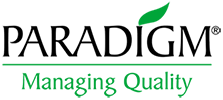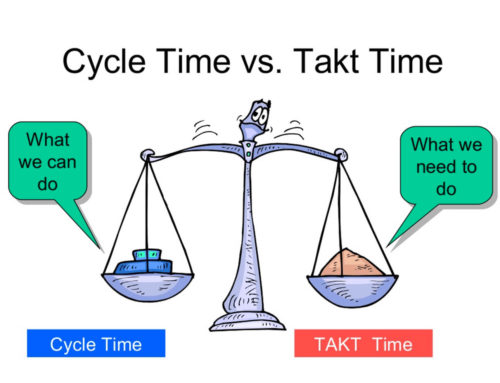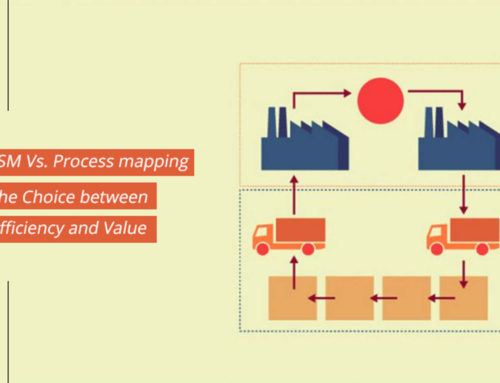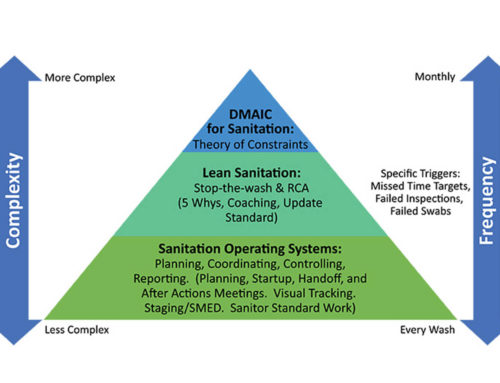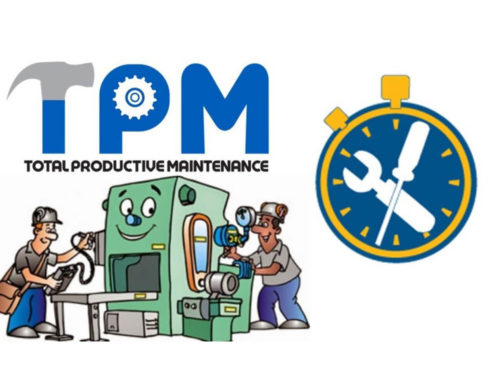The term Poka-Yoke is derived from Japanese terminology poka-yoke (pronounced PO-ka yo-KAY). It means mistake/error proofing. Poka-Yoke is a lean manufacturing practice which helps the food manufacturer or food factory to avoid mistakes. It is aimed to minimize the chances of product defects by correcting or highlighting the possible feasibilities of errors.
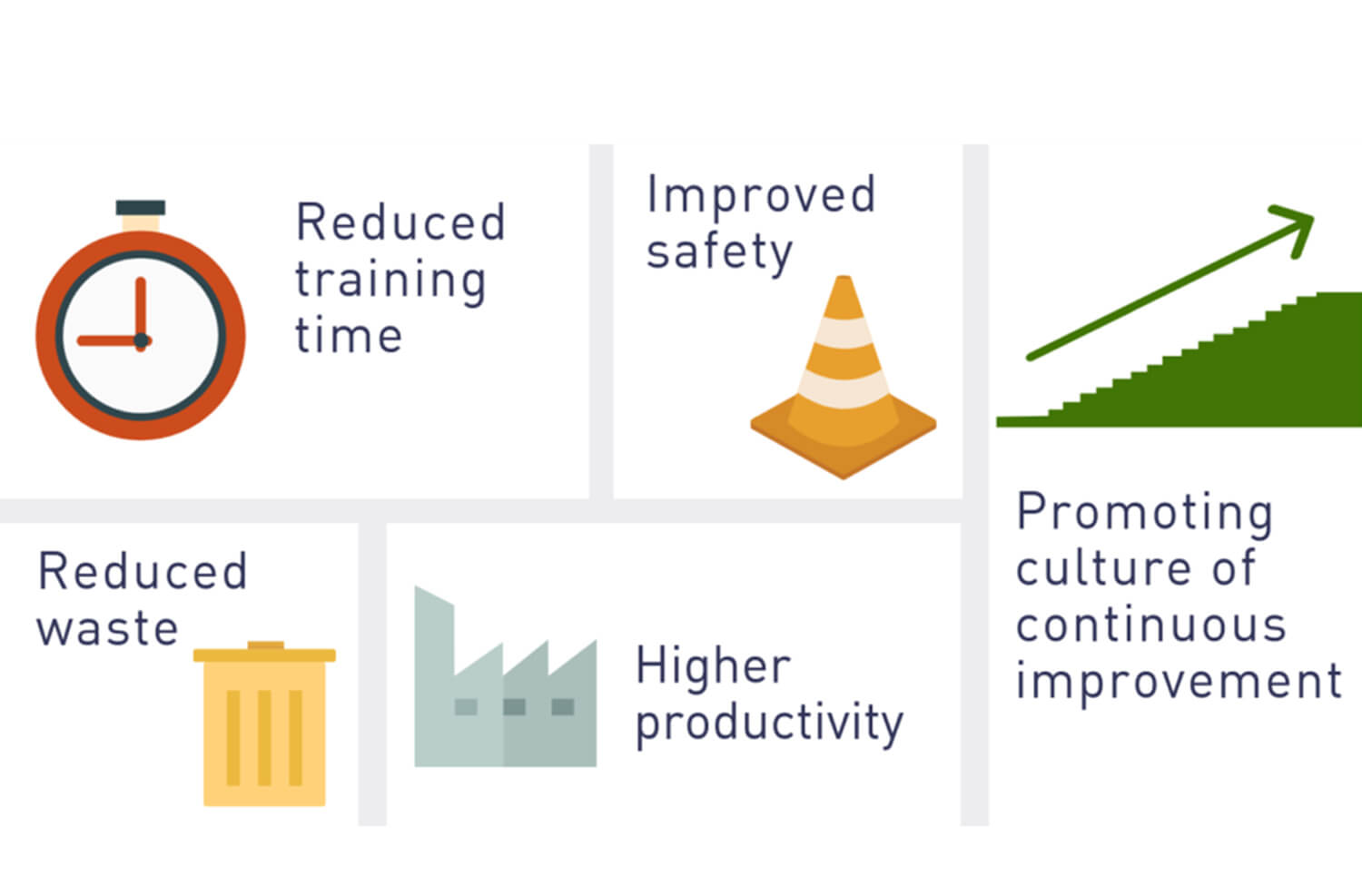 Significance of Poka-Yoke:
Significance of Poka-Yoke:
Poka-Yoke is a lean manufacturing tool that helps operators to make equipment and process of manufacturing error/mistake proof. The mechanism of error proofing can enhance product quality and reliability in terms of customer value. Poka-Yoke helps in designing the processes in such a way that it can eliminate or minimize human and mechanical errors.
Purpose of Poka-Yoke:
There is a broad scope of Poka-Yoke in the food industry as the production process can be made efficient to reduce the number and possibilities of errors. The errors or mistake put a dent in production standard, which is by any means not acceptable to maintain quality.
- Minimize the chances of errors and automated procedures to highlight and specify any potential defects in the equipment or production process
- Not allow defect or defected productions to pass to the next level of the production chain. This feature of Poka-Yoke helps to identify any abnormality in the system or damaged stock which could be separated from the rest of the production. For example, if the packaging of a unit is not done correctly, it should not pass to the next stage of labelling; otherwise, the half-packed product could also contaminate the other stock.
- Control of errors is also a feature of Poka-Yoke. It refers to automated processes that take place if there is an abnormality or error in the system or the equipment.
- Warning about the system or equipment errors so that the machine operators could take evasive measures.
The procedure of Poka-Yoke:
- Obtain the flow chart:
The flow chart of the production process is the pre-requisite of developing an effective Poka-Yoke mechanism. The flow chart tells us the schedule of the activities and their significance in the production system. For example, the flow chart of chocolate production includes the mixing of raw materials, packing, labelling, and then supplying them to customers. The Poka-Yoke can be then inculcated into the production system based on the working mechanism of the activity.
- Source identification:
To minimize error chances, first, the food manufacturer should identify its source and causes so the mechanism of Poka-Yoke can be introduced to avoid mistakes. The source tells about the nature of the mechanism required for the specific activity or process.
- Evasive actions:
After source identification, there are three ways to deal with the errors which include the elimination of the step that is causing the error or replacing the step with the one which is error-proof.
- Inspection:
Sometimes it’s impossible to avoid error; then the priority should be to minimize its effects through regular and scheduled inspection and safety checks. These safety checks are essential and mandatory for both operator and equipment safety. There are various ways of inspection which include successive inspection which is done on the next step by another operator or equipment or self-inspection, which is done by the same operator or equipment who has done the activity.
Poka-Yoke is the lean manufacturing tool and a mechanism to identify, avoid, and eliminate human and mechanical errors. The food factory is primarily based on manufacturing quality food items, and Poka-Yoke helps it to ensure quality and eventually, productivity. The scope of Poka-Yoke is wide in terms of production and quality management. The automated processes of improvement can even avoid the workload of hectic inspection. The application of Poka-Yoke in the food industry is hence vital to enhance customer value and brand reputation in the market.
